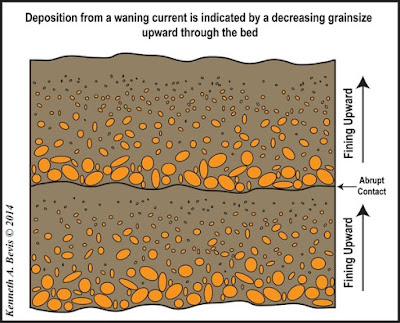Mining Cobalt in Congo
60 percent of the world’s cobalt originates in Congo — a chaotic country rife with corruption and a long history of foreign exploitation of its natural resources.
Cobalt is the most expensive raw material inside a lithium-ion battery. Engineers have tried for years to craft cobalt-free batteries. But the mineral best known as a blue pigment has a unique ability to boost battery performance.
The price of refined cobalt has fluctuated in the past year from $20,000 $26,000 a ton.
This remote landscape in southern Africa lies at the heart of the world’s mad scramble for cheap cobalt, a mineral essential to the rechargeable lithium-ion batteries that power smartphones, laptops and electric vehicles made by companies such as Apple, Samsung and major automakers.
A century ago, companies plundered Congo’s rubber sap and elephant tusks while the country was a Belgian colony. Today, more than five decades after Congo gained its independence, it is minerals that attract foreign companies.
Here, cobalt are hand mined without industrial tools. Cave-in is a norm. The tunnels are dug by hand and burrow deep underground, illuminated only by the toylike plastic lamps strapped to the miners’ heads.
About 90 percent of China’s cobalt originates in Congo, where Chinese firms dominate the mining industry.
Worldwide, cobalt demand from the battery sector has tripled in the past five years and is projected to at least double again by 2020, according to Benchmark Mineral Intelligence.
This increase has mostly been driven by electric vehicles. Every major automaker is rushing to get its battery-powered car to market. Tesla’s $5 billion battery factory in Nevada, known as the Gigafactory, is ramping up production. Daimler aims to open a second battery plant in Germany soon. LG Chem makes batteries for General Motors at a plant in Holland, Mich. Chinese company BYD is working on huge new battery plants in China and Brazil.
While a smartphone battery might contain five to 10 grams of refined cobalt, a single electric-car battery can contain up to 15,000 grams.
A fistful of cobalt-laden at Musompo mineral market where diggers sell their cobalt. Miners make an average of USD2-3/day.
Diggers getting ready into a mine with a plastic torchlight.
Asian man working at a "comptoir", or counter, shop calculates a payment to diggers at Musompo market.
Birth defects, Illness
In Lubumbashi, another center of Congo’s mining industry, 180 miles from Kolwezi, doctors have begun to unravel what has long been a mystery behind a range of health problems for local residents.
Their findings point to the mining industry as the problem.
These doctors at the University of Lubumbashi already know miners and residents are exposed to metals at levels many times higher than what is considered safe.One of their studies found residents who live near mines or smelters in southern Congo had urinary concentrations of cobalt that were 43 times as high as that of a control group, lead levels five times as high, and cadmium and uranium levels four times as high. The levels were even higher in children.
Another study, published earlier this year, found elevated levels of metals in the mining region’s fish. A study of soil samples around mine-heavy Lubumbashi concluded the area was “among the ten most polluted areas in the world.”
Now the doctors are working to connect the dots.











Comments